Innovation
Training*
(*AKA Design Thinking or
Human-Centered Design)
Create
winning solutions
Reduce
project risk
Boost
organizational agility
Recognize these signs that your organization is struggling with innovation?
“We’re solving the wrong problem!”
“We can’t afford to take the risk.”
“We’re not customer-focused.”
“I feel stuck.”
“We need to think outside the box.”
It doesn’t have to be this way.
Create solutions that hit the mark.
What is Innovation Training?
Innovation training goes by many names—whether you call it “design thinking,” “human-centered design,” or simply “ways to help us think differently.”
Leaders often turn to ExperiencePoint’s “innovation training” to help them improve customer satisfaction, outshine competitors, mitigate risk, boost employee engagement and accelerate the time to market for new ideas.
To support these goals, we teach a creative approach to problem-solving designed to deliver solutions that truly resonate with customer needs. This approach builds behaviors crucial for tackling a wide range of challenges teams face today, including customer-centricity, digital transformation and operational efficiency.
Explore our Innovation Workshops
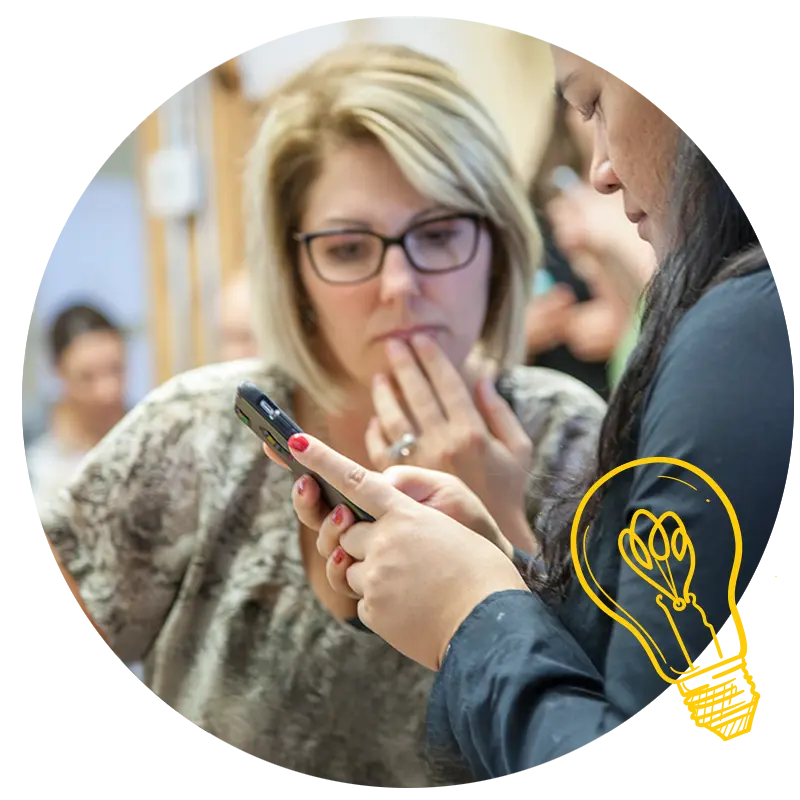
Learn to fall in love with problems
A fun and engaging workshop that introduces your team to the mindsets, habits and tools of creative thinkers. Built in collaboration with IDEO, this workshop challenges people to begin putting customers at the heart of their decisions.
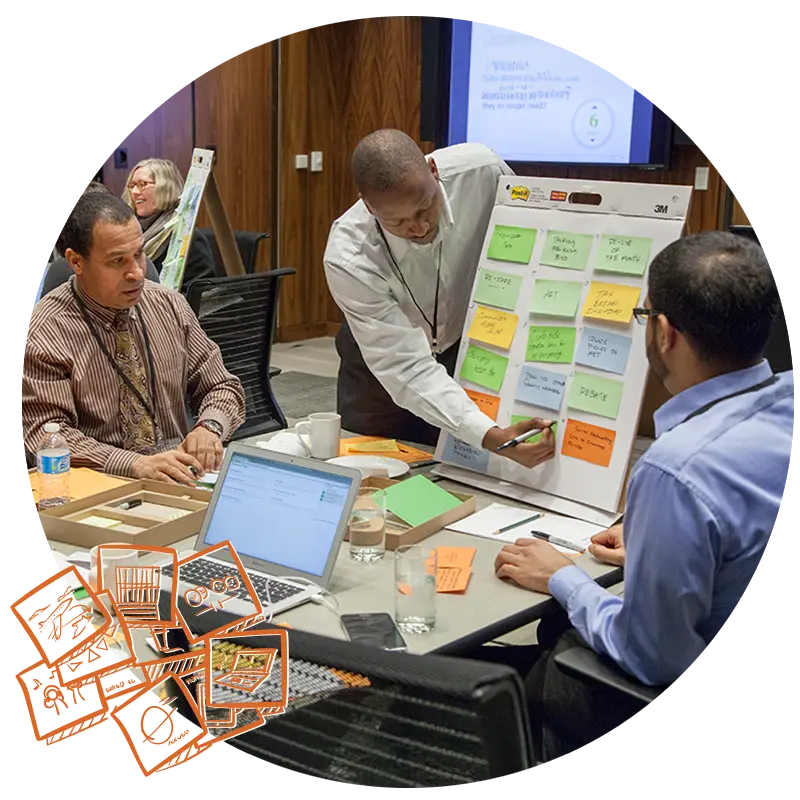
Practice creative problem-solving in a simulation
An award-winning, simulation-based workshop that challenges teams to uncover new opportunities and create innovative solutions. Learners gain a structured method and safe space to practice the tools and techniques of human-centered design through the essentials of a four-month innovation project.
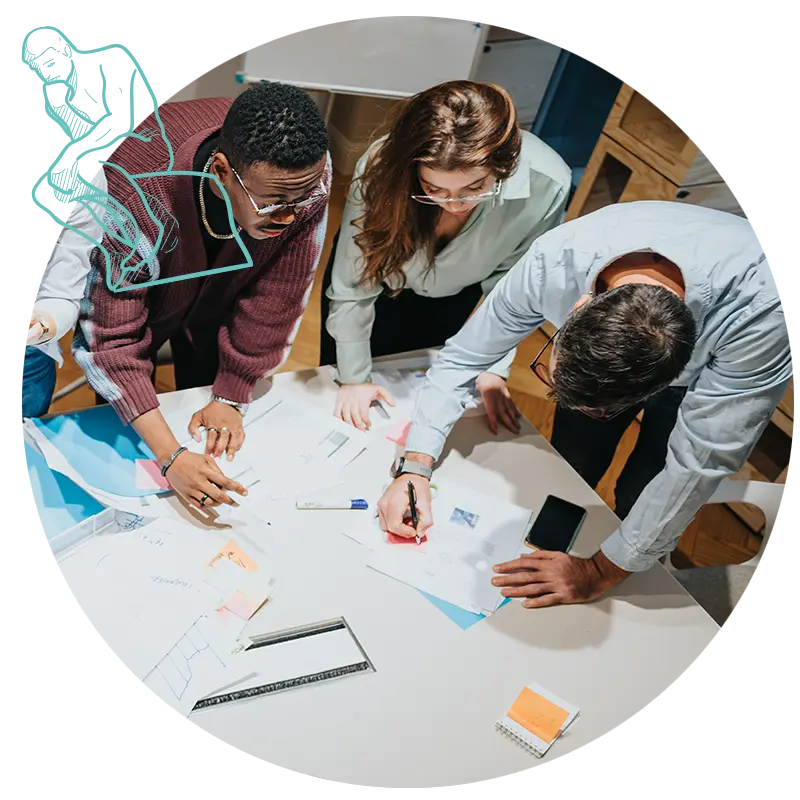
Tackle a real project with human-centered design
A hands-on workshop that takes teams through a full design sprint and equips them with the practical techniques of human-centered design. ExperienceInnovation™ | Apply provides the tools and guidance your team needs to solve complex challenges creatively, minimizing risk and maximizing impact from the start.
Duration
2 days
Language
English
Modality
In-person
Delivery
Our facilitator
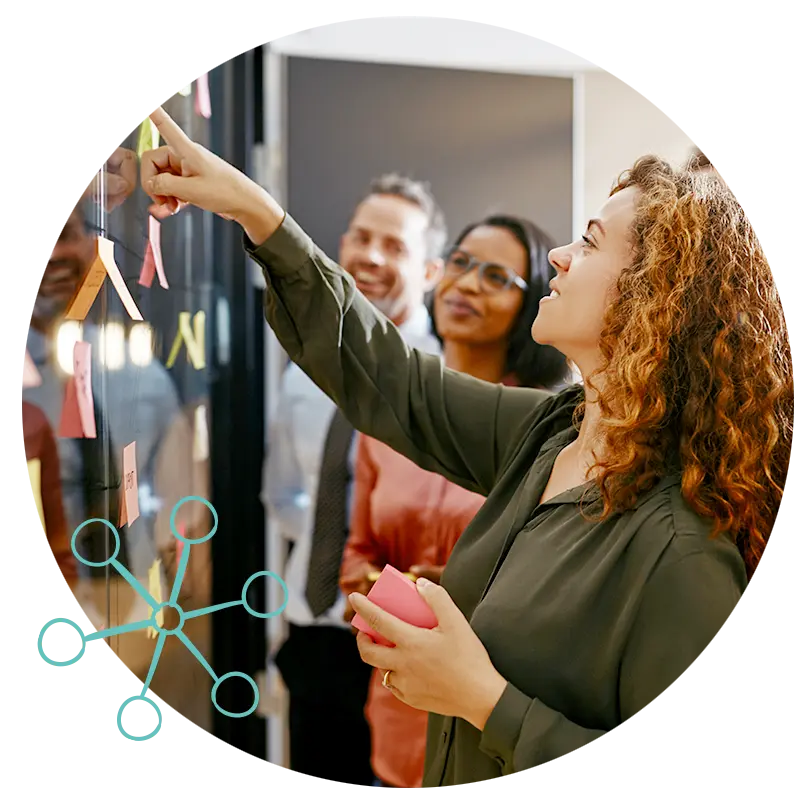
Develop specific power skills for your team
A collection of dynamic, interactive episodes that offer a deeper understanding of leading change and human-centered design. Each episode offers unique tools and methods that help everyone work more effectively every day.
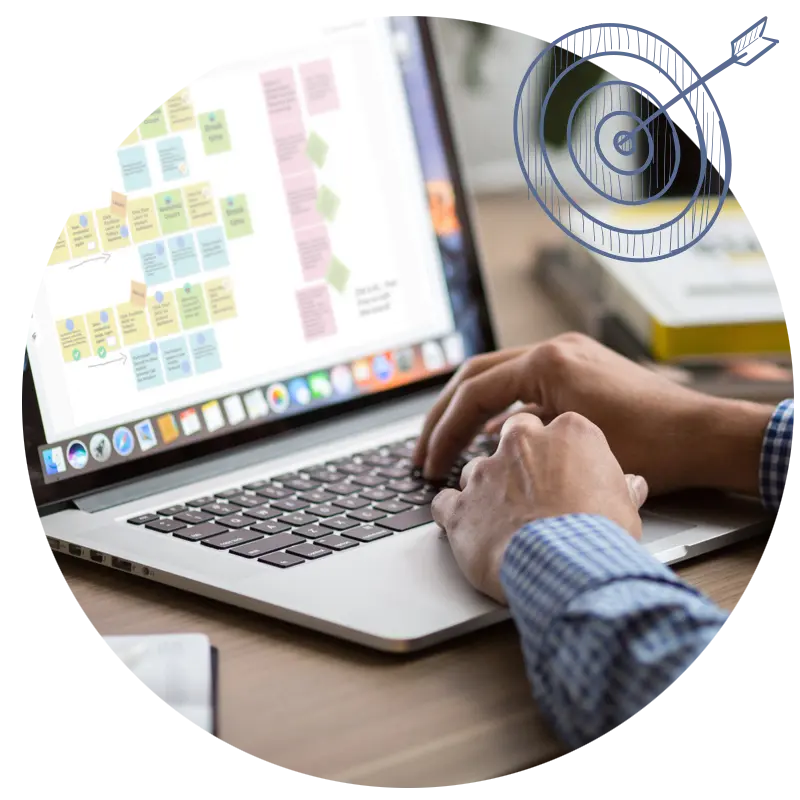
Accelerate business impact with human-centered design
A collaborative, virtual workshop where teams create new or improve existing products by completing a design sprint. Learners explore a range of possible solutions, identify the most viable ideas and bring them to life with low-fidelity prototypes and iterative feedback.
Duration
10 hours
Language
English
Modality
Virtual
Delivery
Our facilitator

Jumpstart your AI workforce capability
An introductory AI crash course designed to help your team integrate AI into their daily work. By familiarizing your team with fundamental tools, frameworks and hands-on practice, they can start tackling daily business challenges with AI solutions right away.
Duration
1.5 - 2 hours
Language
English
Modality
In-person + virtual
Delivery
Our facilitator
Ready to empower your team?
Let’s explore your goals and discover the right solution for you.
FAQs About Innovation Training
What is an innovation workshop?
An innovation workshop is a hands-on training experience designed to help teams learn to solve problems creatively, think differently and develop customer-centric solutions that hit the mark.
Unlike traditional training, ExperiencePoint’s innovation workshops are grounded in experiential learning, giving participants the opportunity to apply new tools and skills to real challenges—immediately.
This hands-on approach is designed to make a lasting impact, long after the workshop ends. Whether you’re looking to spark new behaviors or solve a complex problem, our workshops are built to be scalable, actionable and aligned to your business goals. And because ExperiencePoint innovation workshops were built in collaboration with IDEO—the pioneers of design thinking—you get the best of both worlds: timeless principles and real-world practice.
What are the benefits of innovation training for organizations?
Innovation training isn’t just about solving problems creatively. When done right, it helps your people work smarter, solve the right problems and deliver solutions that actually move the needle.
ExperiencePoint’s innovation training is designed to create measurable ROI. By focusing on the principles of human-centered design, our training ensures that teams align around customer needs, test ideas before over-investing and collaborate more effectively across silos. This not only minimizes risk, but also increases the likelihood that new ideas will succeed in the market.
Many of our clients see results right away—from saving $250,000 in the first 3 months to increasing a sales bid contract from $2 million to $40 million.
How does innovation training help reduce project risk and failure?
Innovation training reduces project risk by helping teams solve the right problems before jumping to solutions. As we like to say: “Collect the dots before you connect the dots.”
Through the process of human-centered design, participants learn how to test ideas early, gather real user feedback and iterate quickly—before investing time and money in the wrong direction. This reduces costly missteps and increases the chances of delivering solutions that stick.
Instead of relying on assumptions or gut instinct, teams are equipped with a repeatable, low-risk approach to problem-solving that leads to better outcomes and fewer failed initiatives.
Which ExperienceInnovation™ workshop should my team start with?
The best place to start depends on what your team needs. Our ExperienceInnovation™ workshops are designed to work together, offering various entry points, depending on your goals.
The right ExperienceInnovation™ workshop depends on your team’s needs:
- ExperienceInnovation™ | Aware: Best for teams new to human-centered design. A short, engaging introduction to problem-solving mindsets and customer-centric thinking.
- ExperienceInnovation™ | Learn: Ideal for teams looking to practice structured problem-solving. Uses a simulation-based experience to explore design thinking in action.
- ExperienceInnovation™ | Apply: Perfect for teams who want to work on a real business challenge. A hands-on sprint where teams apply human-centered design to their own projects.